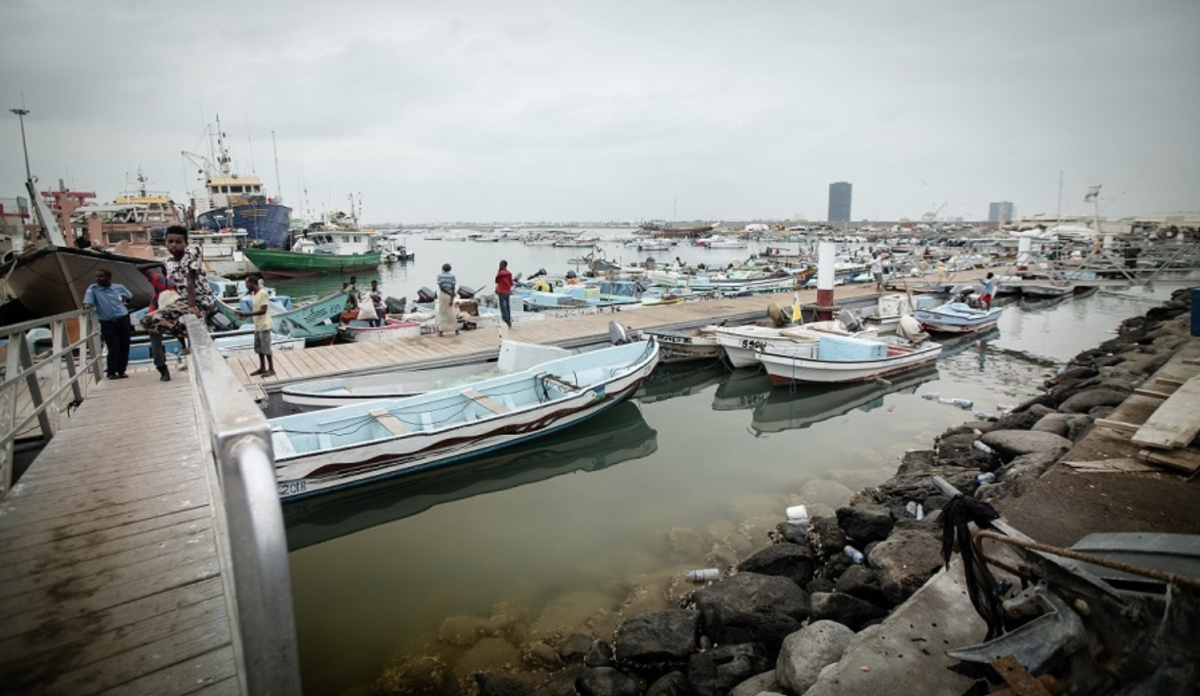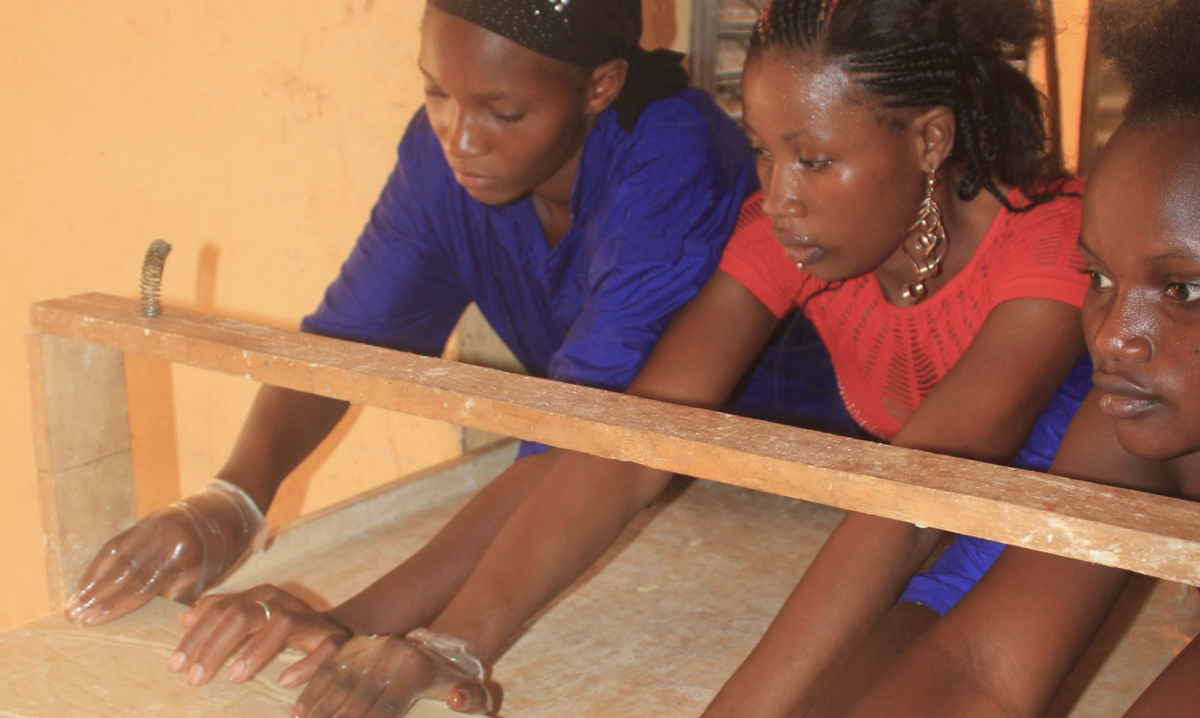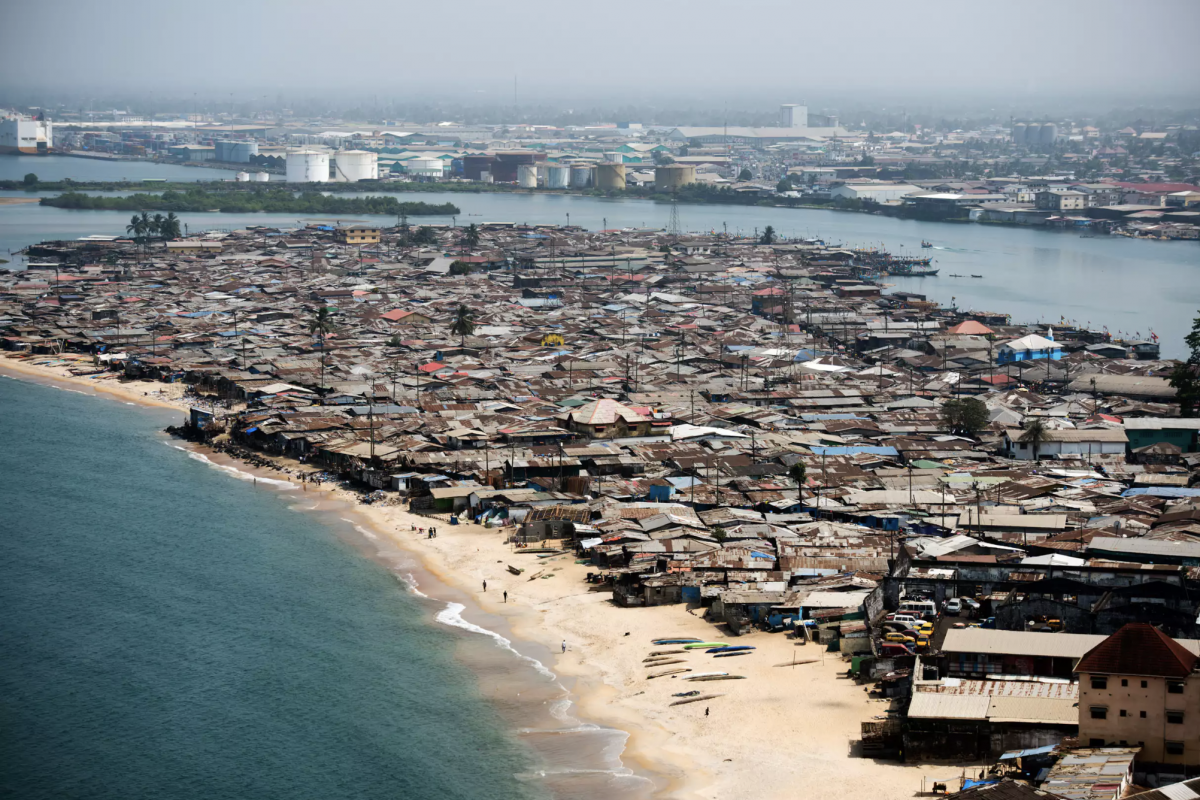Supporting Burkina Faso to advance their NAP process
Project Overview

Country background, Sustainable Development Goals and Paris Agreement
Due to its geographical position, Burkina Faso is characterized by a dry tropical climate, which alternates between a short rainy season and a long dry season. Burkina Faso’s climate is prone to strong seasonal and annual variation due to its location in the hinterland and within the confines of the Sahara. Climate change may affect the Sahelian region of Africa through severe variations in rainfall, water shortage and low agricultural yield. This should amplify drought risks and evaporation, and reduce agricultural productivity (a 10% drop in rainfall is expected by 2050). In addition, climate change will probably result in higher temperatures (a 1.4-1.6°C rise is expected by 2050), potentially increasing the risk for forest fires or bushfires.
Since ratifying the UNFCCC in 1993, Burkina Faso qualified for the Adaptation in Africa Programme (AAP) launched by the UNDP with funding from the Japanese government. In October 2008, between the UNDP and Japan and the implementation of the AAP, twenty African countries, including Burkina Faso, were granted funding for their climate variability and change adaptation programmes. Burkina Faso has contextualized the 2030 agenda in its National Economic and Social Development Plan (PNDES), operationalized through 14 sectoral policies and local development plans. The country is focusing on SDG4, SDG8, SDG10, SDG13, SDG 16, and SDG17. Burkina Faso launched its National Adaptation Plan (NAP) process to formulate a medium- and long-term climate change adaptation strategy denoted NAPA programming. In September 2014, Burkina Faso submits its Second National Communication to the UNFCCC and one year later, in September 2015, Burkina Faso submitted its Intended National Determined Contribution to the UNFCCC.
Burkina Faso submitted its NAP to the UNFCCC in October 2015. The methodology for formulating a NAP in Burkina Faso includes four steps or 'elements and also took into account the national circumstance of the country when planning these actions. 1) Laying the ground work and addressing gaps, includes assessing available information on climate change impacts, vulnerability and adaptation, measures taken to address climate change and gaps and needs, at the national and regional levels. 2) The preparatory elements include activities aimed at integrating climate change adaptation into national and sub-national development and sectoral planning, as well as consultation workshops and awareness building. 3) Implementing strategies includes strengthening institutional and regulatory frameworks to support adaptation and training/ coordinating at the sectoral and sub-national levels. 4) Reporting, monitoring and review activities include addressing inefficiencies, incorporating the results of new assessments and emerging science and reflect lessons learned from adaptation efforts.
How has the NAP-GSP supported to date?
|
Supported the Regional NAP workshop |
In 2014, Burkina Faso attended the NAP-GSP Francophone Africa Regional Training Workshop, Addis Ababa, Ethiopia to share best practices from countries in the region.
|
|
Supported the methodology for identifying gaps and specific priorities
|
NAP-GSP supported Burkina Faso in formulated the methodology to lay the groundwork for addressing gaps in their NAP document. As outlined in the NAP, these activities are designed to identify gaps and omissions in intervention frameworks and address them as necessary, to support the formulation of comprehensive adaptation plans, programmes and policies.
|
|
Supported with the preparation of the initial NAP
|
In May 2015, NAP GSP supported Burkina Faso with an initial review of the final draft of the NAP document. Burkina Faso submitted the NAP document to the UNFCCC in September later that year.
|
News
Strengthening national resilience capacities - May 2017 - The objective of this workshop is to strengthen the capacities of actors from ministerial departments and NGOs involved in disaster management on the PDNA approach and to adapt the tools.




















